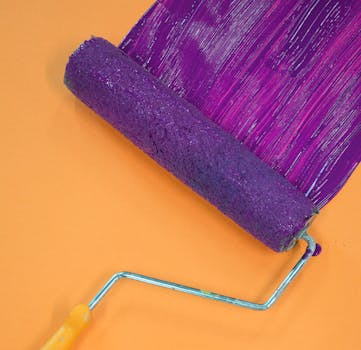
Choosing the Perfect Color Palette for Your Home: A Guide to Transform Your Space
Takeaways: Selecting the right color palette can dramatically influence the mood and aesthetic of your home. Consider the psychological effects of colors, the size and lighting of your spaces, and how different shades can complement each other. This guide will help you navigate the exciting process of color selection, ensuring your home reflects your personal style.
Choosing a color palette for your home is one of the most crucial steps in creating a cohesive and inviting living space. The colors you select can affect not just the look of your home but also the mood it conveys. In this article, we will explore how to choose the perfect color palette for your home, incorporating practical tips and insights into color psychology.
Understanding Color Psychology
Color psychology is the study of how colors affect human behavior and emotions. When selecting a color palette for your home, it’s essential to consider how different colors can influence the atmosphere of each room.
- Warm Colors: Colors such as red, orange, and yellow are considered warm colors and can evoke feelings of warmth and comfort. They are ideal for social spaces like living rooms and dining areas.
- Cool Colors: Blues, greens, and purples fall into the cool color category. These shades can create a calming and serene environment, making them perfect for bedrooms and bathrooms.
- Neutral Colors: Whites, grays, and beiges are versatile and can serve as a backdrop for bolder accent colors. They create a sophisticated and timeless look.
When planning your color palette, consider the emotional response you want to evoke. For example, if you’re aiming for a relaxing atmosphere, you might lean towards soft blues and greens. Conversely, if you want to create an energetic vibe, opt for vibrant yellows or oranges.
Assessing Your Space

- Room Size: Lighter colors can make a small room feel larger and more open, while darker colors can create an intimate and cozy atmosphere.
- Lighting: Natural light can significantly impact how colors appear. Test colors in different lighting conditions to see how they change throughout the day. Consider how artificial lighting affects your color choices as well.
- Existing Elements: Take into account the furniture, flooring, and architectural features in your home. Your color palette should harmonize with these elements rather than clash with them.
Once you have assessed your space, start envisioning how you want it to feel. Create a mood board with colors, fabrics, and textures that inspire you. This visual representation will help guide your decisions.
Creating a Cohesive Color Scheme
After you have a clear understanding of color psychology and have assessed your space, it’s time to create a cohesive color scheme. Here are some tips:
- Choose a Base Color: Start with a primary color that will serve as the foundation for your palette. This color should be applied to the largest surfaces, such as walls or large furniture.
- Add Accent Colors: Select two or three accent colors that complement your base color. These can be used on smaller elements like throw pillows, artwork, or decorative accessories.
- Consider the 60-30-10 Rule: A popular design rule states that 60% of a room should be the dominant color, 30% should be the secondary color, and 10% should be an accent color. This balance will create visual interest without overwhelming the space.
Don’t be afraid to experiment with different combinations. Paint swatches can be your best friend when it comes to visualizing your choices. Try out different combinations in your home to see what feels right.
Conclusion








